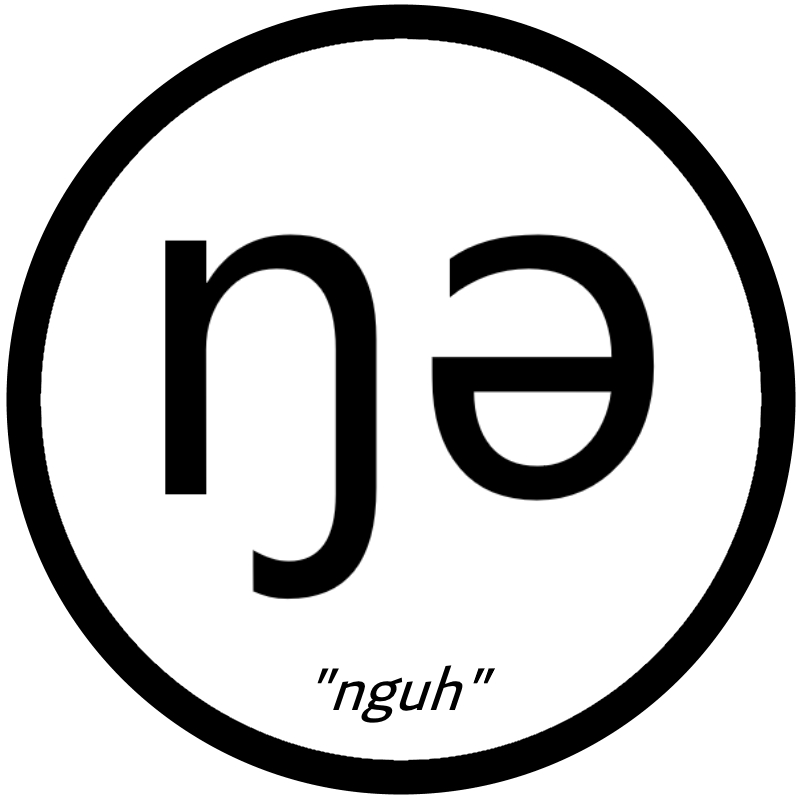The World, 2067 AR

Introduction
The humans are gone. They vanished from the Fossil Record almost three million years ago. Their civilizations were advanced, and deep underground their secrets were left sealed and preserved. Until the Rediscovery.
It’s now been 2067 years since the first Rediscovery took place in the nation of Sern along the northeast coast of Menaiceraum, but the world still feels the aftershock of such a pivotal moment for dogkind. Empires have risen and fallen with the reverse-engineering of old human tools, weapons, and plagues. But today, it’s been over two hundred years since the last major discovery, and the last known functional human-style aircraft went up in flames in Sizarun in 2014.
Here, in the Fwonnel Peninsula, a resentment of these explorations has developed. The cultural memory of the devastation wrought by the Prins in the late 1200’s using sonic weaponry, along with the political chaos caused by the Fwonk Pearl and its seemingly infinite energy that led to the Permechikan colonization of much of the continent. Not to mention the Ick, which was likely brought to the land by the greed of the wealthy investors behind the Eastern Expedition Company in 1934.
During and after the War of the Continent (2009–2027), many feared that we had violated the principles of Bez too far and corrupted our world beyond recognition, leading to further movements to shun the use of human discoveries. Why should we try to take after the humans? They built this technology and destroyed themselves with it. They failed their pursuit of Bez, so why should they be considered role models?
Life is a constant struggle against the most powerful force in nature, Xororx, entropy. To many it feels as if entropy has been winning the struggle as of late. Since the War, the scale of our civilizations, the scale of our abilities to properly terraform, and the overall balance between order and entropy that differentiates us from the rocks and the oceans, has been in a visible decline.
The Fwonnel Peninsula

Kimzja Fwonnou, The Fwonnel Peninsula, is a peninsular landmass on the southwestern coast of Kradoy, south of the Kleo Peninsula, adjoined to the continent along the central Pemex desert. Much of the peninsula is a recent geological formation, uplifted from the Ocean in a cataclysmic event and followed by significant volcanic activity.
The peninsula sits at an average elevation of 2,007 feet above sea level, with steep cliffsides defining its northern and western ridges. Multiple mountain ranges line the edges of the peninsula. The Fwokojoo curves through the south central regions of the peninsula, The Barrier Mountains line the southern and western ridges, and the volcanic Krakerber Mountains form a line from east to west across the north central regions.
The Great Geyser Xudjadjeum sits at the convergence of two tectonic plates where the peninsula connects to Menaiceraum. It regularly erupts with millions of gallons of water per day and feeds the Fwonnel Watershed, a series of rivers, lakes, and canals that all lead to the Death Canyon River, which dumps into the Ocean after passing through Death Canyon, a rapid decline of hundreds of feet maintained by strong basalt bedrock. Thousands of years of terraforming have kept the Fwonnel Watershed nearly entirely contained to the Fwonnel Peninsula with few occasions of breaches in recorded history. During years of drought or tamer geothermal activity, the Geyser reduces or ceases its flow for days, or sometimes months, at a time.


The Fwonnel Peninsula sits at the northern edge of the tropics, and due to its consistently high elevation and adjoining with Menaiceraum along the western coast, the landmass participates in the creation of the rain shadow that creates the Pemex Desert. Thus, the eastern edge of the peninsula is a rapid transition from swampy riparian land along the Great Geyser and its initial drainages to an arid, occasionally sandy desert. The higher elevations in the peninsula, especially along mountains and in along the Reuxalusian plateau, are dry forests and transition woodlands, full of yucca, agave, juniper, ponderosa pine, and opuntia. The land north of the Krakerber Mountains is the wetter side of a small rain shadow effect, and as such the northern face of the mountains are wetter and colder, with more varieties of pines and even some aspen near mountain slopes, and this small ecoregion receives occasional snow in the winter. The plains between the Arodjaunza River and The North Ridge Kraikojoo is grassier and includes more trees such as cottonwood, sycamore, mesquite, and more. The Southwestern region of the Peninsula, Pakoya, is the driest part of the peninsula proper, with an ecosystem of upland hilly deserts, and is full of creosote, ocotillo, true cacti, mesquite, ironwood, and other desert biota.
Ringing the western and northern Peninsula is a series of smaller islands and peninsulas known as the Froof Straits, Frufsja. These landmasses are only adjoined to the Fwonnel Peninsula at the Death Canyon Delta, the outflow of all water in the Fwonnel Watershed. The northern stretch of the Straits is warm and humid and is replete with dense tropical forests. The western stretch of the Straits is dried and full of desert more similar to that of Pakoya. North of the entire peninsula is the large island of Zessis, another recent geological formation. This land is highly mountainous and volcanic. It’s moist and often foggy, and is mostly made up of coastal grassland, shrubland, and juniper forest.
The Ick

The Ick, Ikaum, is a colonial fungal lifeform with spores light enough to germinate thousands of feet in the air, which comes down in massive storms as they reach critical mass. Their adult forms are coated with a strong acid which seeks out organic materials, especially the flesh of animals, which it digests in order to gain the nutrients required to reproduce.
The Ick was initially only found in the subtropics of Maiceraum, until it was introduced to the Fwonnel Peninsula in 1934 AR. The aerial ecosystem in and above the Fwonnel Peninsula was perfect for the introduction of the Ick to the environment. As such, the Ick has been an annually-recurring phenomenon ever since, blooming in the late spring of every year for about a month.
The Ick Phenomenon has been the source of political and social chaos since its introduction. After three years of unregulated handling of the situation, the government of El Fwonk Casanosia (Ezle Fwonk K’sleinozlja) nearly fell in an event that many thought signified the end of the world. In 1937, the first Ick Evacuation was introduced, an event during which anybody willing to leave home for 2 months would be funded to travel by boat to the newly developed Ick Basecamp to live in a rapidly constructed town. For those who could not evacuate (which constituted the vast majority of the population) the local governments of the cities authorized the establishment of annual militias to guarantee access to clean food, water, and order to as many citizens as possible.
In 2004, Ick-Proofing material for shoes and other clothing items was invented by Sakko and the El Fwonk Science Association, composed of a special mixture of petroleum, tree sap, and other resinous materials. Production of this material was restricted to military use until 2009, and mass production was limited to the famous “Ick Boots” until the Folly of 2013, an unprecedentedly large and early fall of the Ick during the El Fwonk Civil War, which left the population of the Peninsula completely unprepared to manage the crisis. During this brutal event, more than one third of the population of the Peninsula died, mostly due to starvation, Ick-contaminated water, and marauding.
Several cities completely lost their governments and some were completely depopulated, with hundreds of thousands of refugees moving to Roox City, Earkan City, the former Basecamp, and the new community of Franzlen along the Geyser Lake. Earkan City controlled the resources required to produce Ick-Proofing, and its Karkuv, Karbinin, promised full Ick-Proofing to all who arrived to work in the city. War between Roox City and Earkan City ensued on-and-off until trade relations normalized and Ick-Proofing became a purchasable commodity ubiquitous throughout the peninsula. By 2016, Ick Evacuations resumed, though the new government of the former Basecamp, the Realm of Varad Akim, forbade loyal citizens of El Fwonk from entering. As such, new resort-style “basecamp towns” were developed in other regions of the Froof Straits, much to the chagrin of the agrarian Frufi people. These resorts were no longer government-subsidized, and evacuation became a practice reserved to the upper class.
Before the 2012 Civil War and subsequent collapse of the central government, the El Fwonk Science Association was experimenting with chemicals and missiles to exterminate the Ick, but these attempts were unsuccessful. Following the consolidation of power in Roox City after the Folly of 2013, the El Fwonk Science Association was reestablished, with the primary focus continuing to be the destruction of the Ick. As time went on and Ick-Proofing became more and more accessible, life with the Ick became more manageable and cities rebuilt with Ick protection in mind. The El Fwonk Science Association lost funding over time and fell out of relevancy by the 2050’s.





